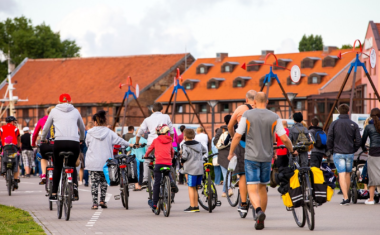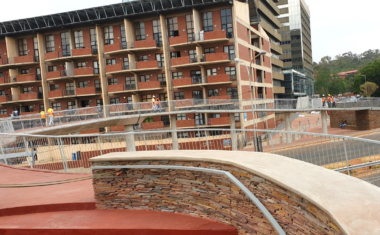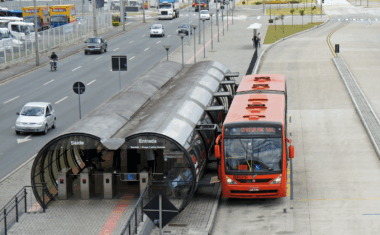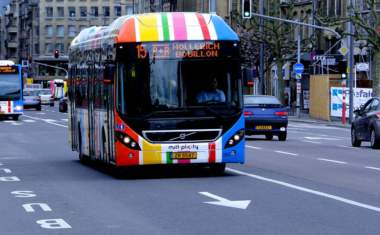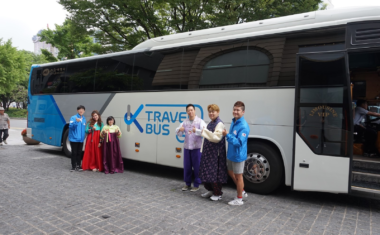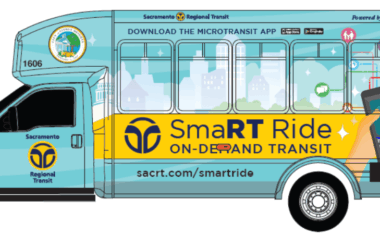RTCI (Real-Time Crowding Information)
- 5 min to read
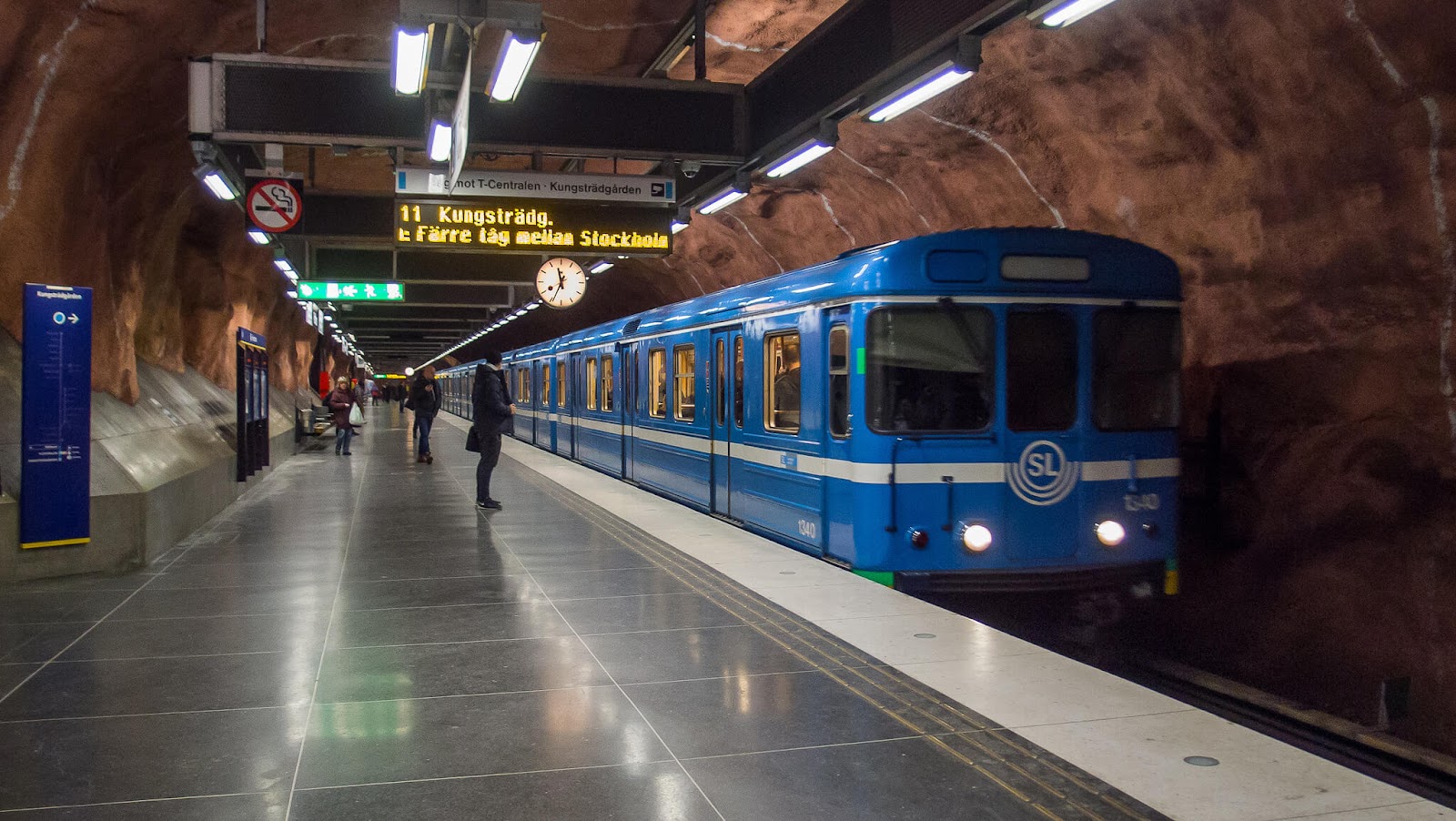
About the city. The share of the metro usage by the population of Stockholm has been steadily increasing every year. During some periods of the day, especially during rush hours, metro trains are usually overcrowded. The passenger load during peak hours is usually unevenly distributed: some metro trains are overloaded with capacity, while others are overloaded with a large amount of free space, which worsens the operation of public transport. People don’t have information about the crowd of metro trains, and they usually just get on the first train they see.
Goal
The aim of the project is to increase passenger satisfaction and service quality and to reduce the inequality of passenger loads between train cars.
Implementation period. The project started in 2015
Fact
- The number of passengers on the Stockholm metro is increasing; in 2014, the average annual daily number of boarding passengers was 1,205,000, which is 19% more than in 2004
- The practical capacity (used by the Stockholm public transport authority) of a standard three-car metro train is 650 passengers, while the technical capacity (obtained from the train manufacturer) is 1,200 passengers.
Solutions
The RTCI provision allows travellers to make more informed decisions about whether to get into a vehicle or not and which vehicle to get into, based on their preferences for crowding, walking distance, total travel time etc.
During two weeks in May 2015, an experiment was conducted, during which a prototype of the RTCI system was implemented at the Tekniska Högskolan station. RTCI reported the next train arrival to waiting passengers via visual displays and speakers.
The RTCI pilot study was conducted from Wednesday 6 may 2015 to Wednesday 13 may 2015 (excluding weekends), every day during the daytime rush hours between 15:30 and 17:30. RTCI information was collected and provided by an operator located at the Tekniska Högskolan station.
The RTCI was shown near the southern end of the platform, where most passengers enter, next to a permanent display of real-time arrival time information. The information was projected onto the screen using an LED projector mounted in the ceiling and connected to a laptop computer.
Considering the large share of international travellers from the KTH campus, the display included information in both Swedish and English. Each car on the train was shown in a color based on crowding on the next arriving train. Green means low crowding (less than 150 passengers), orange means medium crowding (150 to 250 passengers), and red means high crowding (more than 250 passengers). The audio information system was used as a complement to the visual display.
Challenges
- The biggest problem from the technical side: integration with the existing information system.
- The biggest problem with the business side: long time of decision-making from local stakeholders metro/train to the implementation of the system.
Team
Department of Transport Science, KTH Royal Institute of Technology (Zhang, Y., Jenelius, E., & Kottenhoff, K.), MTR Nordic and Stockholm County Council Transport Administration, TRENoP Strategic Research Area.
Timeline
The average impact of RTCI is −4.32% points for crowded trains and +2.77% points for uncrowded trains.
If you notice an error or inaccuracy in our editorials, please email [email protected] so we can look into it.

